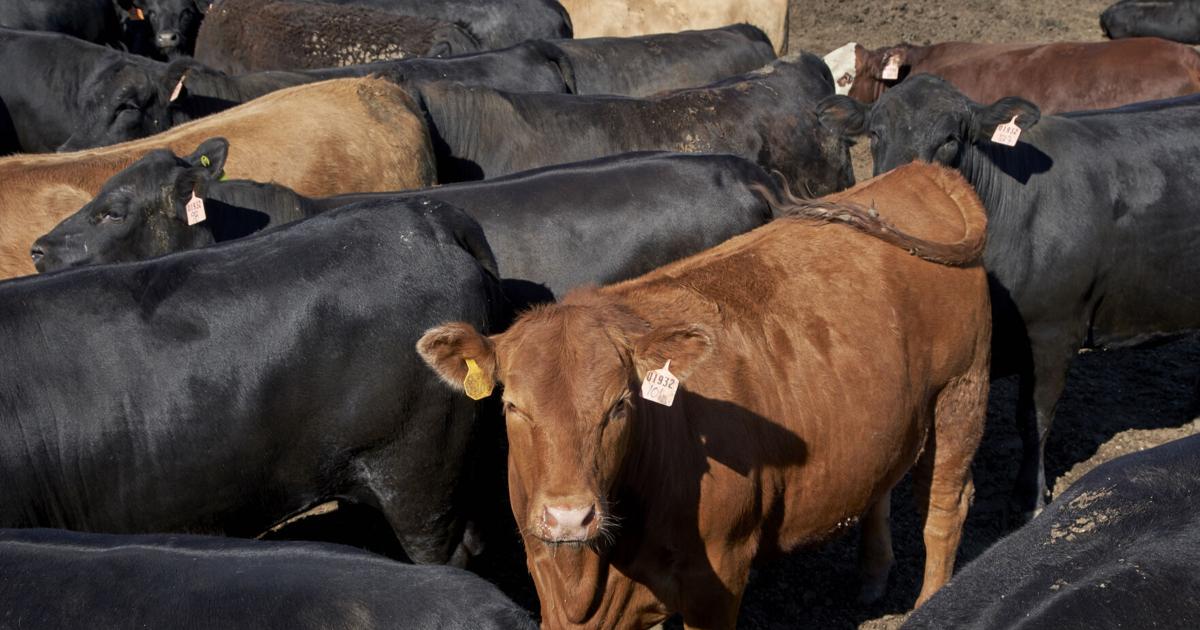Anthrax is spreading among ranches in southwestern North Dakota, with confirmed cases reaching levels not seen in almost 20 years.
The first case was confirmed in late July. The state Agriculture Department on Friday said there are now 16 affected premises: 15 confirmed by the North Dakota State University Veterinary Diagnostic Laboratory, and one probable case based on clinical signs.
Those operations have lost an estimated 120 cattle, according to Deputy State Veterinarian Beth Carlson.
One confirmed infection is in eastern Hettinger County, with the remaining in neighboring Grant County. The 16 cases match the total in the state from 2006-20, according to Agriculture Department data. There were two cases in 2021 and none last year.
“We have not had more than four confirmed cases since 2005, when we had 109 premises affected,” Carlson said.
People are also reading…
The 2005 outbreak resulted in more than 500 confirmed animal deaths and estimated losses of 1,000.
North Dakota Stockmen’s Association Executive Vice President Julie Ellingson said the growing number of cases this year is a concern to the industry.
“Anthrax seems to rear its ugly head when there are weather extremes, and parts of southwestern North Dakota certainly saw those recently, with up to 5 inches of rain in a shot and near 100-degree temps in some places that made those (anthrax) spores so volatile,” she said.
Anthrax bacteria spores lie dormant in the soil and become active under extreme weather conditions such as drought or flooding. Cattle get sick when they ingest the spores.
“We are hopeful that the milder, more seasonal weather and an aggressive vaccination effort in the highest risk areas will help curtail losses and the count will not increase,” Ellingson said.
State Veterinarian Dr. Ethan Andress said the cases this year “are a reminder to livestock producers throughout the state to take action to protect their animals from the disease, especially in areas with a past history of anthrax.”
“Producers in the affected area have been working with veterinarians to vaccinate and treat animals,” he said. “Veterinarians are reporting that the vaccination and treatment protocols are extremely effective.”
Anthrax vaccines are readily available, but it takes about a week to establish immunity, and the vaccine must be administered annually, according to the department.
Cases through the years have most frequently been in the northeast, southeast and south central parts of North Dakota, but the department said conditions are right for anthrax in many areas of the state.
“While typically only a few anthrax cases are reported in North Dakota every year, it can cause devastating losses in affected herds,” Agriculture Commissioner Doug Goehring said. “Weather and soil conditions have contributed to the number of cases we’re seeing this year.”
Ellingson said, “It is hard any time you lose an animal, but to lose multiple animals at one time to a disease such as this is simply heartbreaking. In today’s market environment, those animals are valuable and so there is a significant economic impact to the affected operations as well.”
For more information, go to www.ndda.nd.gov/diseases/anthrax.

